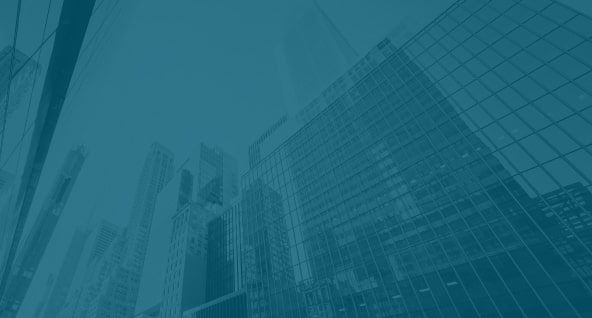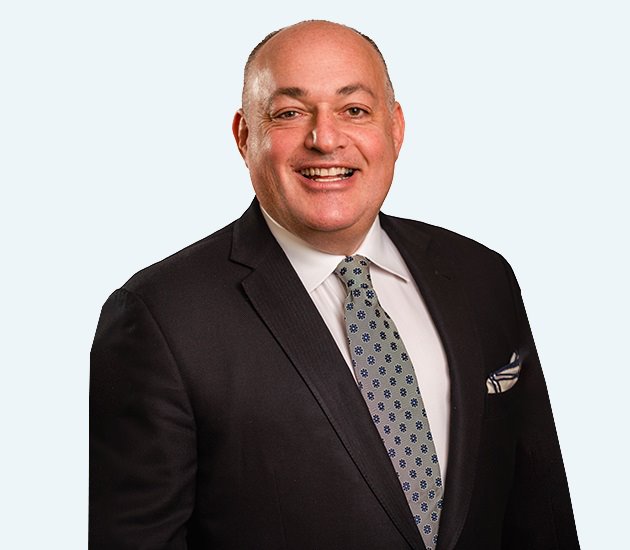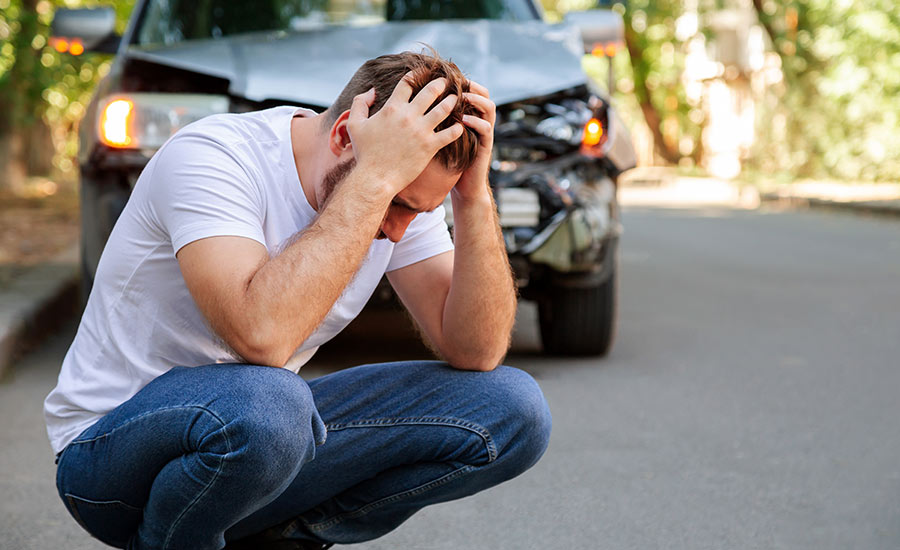

New York City’s busy streets, filled with iconic yellow taxis and congested highways, pose a constant risk of car accidents.
If you were injured in a collision, understanding the most common types of car accidents in New York is essential.
Understanding the different types of accidents will help you navigate the aftermath, assert your rights and seek maximum compensation for your injuries.
The Most Common Types Of Car Accidents In New York
Different types of car accidents in New York pose different challenges, ranging from the forceful impact of head-on collisions to the sudden turns of rollovers.
Rear-End Collisions
Rear-end collisions take place when one motor vehicle crashes into the back of another vehicle.
Rear-end collisions can be caused by:
- Distracted driving
- Following too closely (tailgating)
- Sudden braking
- Adverse weather conditions, which reduce visibility or traction
Common injuries from rear-end collisions include:
- Whiplash
- Spinal injuries
- Head injuries
- Facial injuries
In severe cases, rear-end collisions can lead to fatalities.
Legal claims for rear-end collisions typically involve proving negligence on the part of the rear driver, such as:
- Failing to maintain a safe following distance
- Failing to brake on time
- Driving distracted
However, there are circumstances where the lead driver’s negligence may contribute to or cause the accident — for example, when their brake lights are not working.
T-Bone Accidents
T-bone accidents, also known as side-impact collisions, occur when the front of one vehicle collides with the side of another vehicle, forming a “T” shape. The most common locations where T-bone accidents happen are the city’s intersection and parking lots.
T-bone accidents can be caused by:
- Running red lights or stop signs
- Failing to yield the right of way
- Speeding
- Making improper turns
Injuries from T-bone accidents can vary depending on the speed and angle of impact. Passengers on the side of the vehicle that gets hit are particularly susceptible to serious injuries.
The most common injuries after a side-impact collision include:
- Whiplash
- Fractures
- Head injuries
- Chest injuries
The legal claims for T-bone accidents may involve:
- Proving that the at-fault driver was negligent
- Demonstrating failure to obey traffic laws or signals
- Establishing liability for dangerous road conditions that contributed to the accident.
Head-On Collisions
Head-on collisions happen when the front parts of two vehicles traveling in opposite directions collide with each other.
The most common causes of head-on collisions include:
- Drunk driving
- Distracted driving
- Wrong-way driving
- Fatigue
- Unsafe passing maneuvers
The injuries from head-on collisions are typically catastrophic due to the high forces involved. They typically include:
- Traumatic brain injuries
- Spinal cord injuries
- Multiple fractures
- Internal injuries
- Fatalities
The legal claims for head-on collisions may involve:
- Establishing negligence on the part of one or both drivers
- Determining liability for road defects or inadequate signage that caused or contributed to the accident
Rollovers
Rollover accidents occur when, during a collision or as a result of loss of control, a vehicle flips over onto its side or roof. These accidents can involve single or multiple vehicles.
Rollovers can be caused by:
- High-speed turns
- Sharp maneuvers
- Colliding with objects like guardrails or curbs
- Being struck by another vehicle
Rollover accidents can cause severe injuries, such as:
- Traumatic brain injuries
- Spinal cord injuries
- Fractures, lacerations
- Internal organ damage
Rollover accidents often result in passengers being ejected from the vehicle, which leads to even more serious injuries.
The parties you can hold liable for a rollover accident include:
- Negligent drivers who contributed to the accident
- Manufacturers who produced defective vehicle design or faulty vehicle components contributing to the rollover
- Municipalities that neglected road maintenance, contributing to hazardous conditions
Multi-Vehicle Pileups
Multi-vehicle pileups involve three or more vehicles colliding with each other in a chain reaction. These accidents often occur on highways or freeways during adverse weather conditions or low visibility.
Multi-vehicle pileups can be caused by:
- Sudden changes in weather conditions leading to reduced visibility or slippery road surfaces
- Driver error, such as following too closely or driving too fast for the current conditions
- Initial collisions that trigger subsequent collisions
Injuries from multi-vehicle pileups can vary widely depending on the severity of the collision and the number of vehicles involved.
Common injuries include:
- Whiplash
- Fractures
- Head injuries
- Spinal injuries
- Internal injuries
The legal claims for multi-vehicle pileups may involve complex issues of liability and causation. The reason is that these accidents may implicate multiple drivers and potentially other parties such as municipalities or government agencies.
Determining fault may require extensive investigation and analysis of the factors that contributed to the accident — for example, weather conditions, road design and driver behavior.
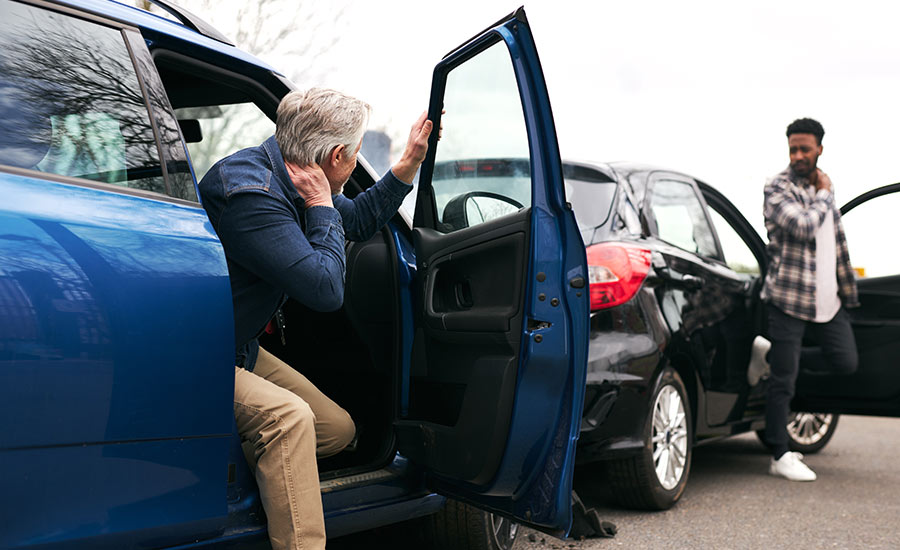
What To Do After A Car Accident In New York
Navigating the aftermath of a car accident in New York requires swift action to ensure safety and protect your legal rights. Here are the important steps to take after a car accident in the state:
- Ensure safety: Check if everyone involved is safe. Move to a safe location if possible and call for emergency assistance if needed.
- Exchange information: Collect contact and insurance information from all parties involved in the accident, including witnesses.
- Document the scene: Take photos of the accident scene, including vehicle damage, road conditions or relevant signage and landmarks.
- Report the accident: Report the accident to the police — this is very important if there are injured people and significant property damage. Obtain a copy of the police report for your records (Read whether you can amend a police report in our recent article.)
- Seek medical attention: Even if you don’t feel injured or your symptoms seem minor, visit a doctor to check for hidden injuries. Documenting your condition after the accident will support any future compensation claims. Keep records of all medical evaluations and treatments.
- Call your insurance company: Inform your insurance provider about the accident.
- Seek legal advice: Schedule a consultation with an experienced personal injury attorney promptly to understand your rights and options — especially if the accident involves significant injuries or disputes with insurance companies. Read more about when it is too late to get a lawyer for a car accident in our recent article.
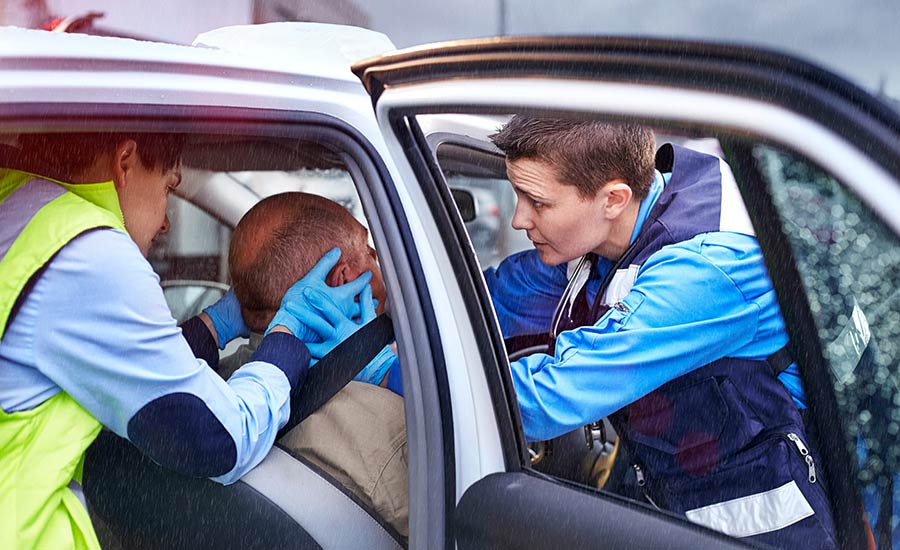
Your Rights After A Car Accident In New York
If you were a victim of a car accident in New York, you should know that you have certain fundamental rights. These rights are designed to protect your well-being and facilitate fair compensation for your injuries and losses.
- Prompt medical coverage: Regardless of fault, you are entitled to have your medical expenses covered by your own insurance provider through the state’s no-fault insurance system.
- Lost wage reimbursement: No-fault insurance also provides coverage for lost wages. This compensation is equivalent to 80% of your salary, capped at a maximum of $2,000 per month, for a duration of up to three years.
- Essential services coverage: No-fault insurance gives you the right to receive compensation for essential services you are unable to perform due to your injuries — for example, household help or childcare.
- Right to file a personal injury claim: If your expenses exceed the amount of your insurance and your injuries meet New York’s threshold for serious injury, you may have the right to file a personal injury claim against the at-fault party’s insurance company for additional damages.
- Right to compensation even if you were at fault: In New York, even if you are partially at fault for a car accident, you may still be eligible to file a personal injury claim and pursue damages. New York follows a comparative negligence system, meaning that your compensation will be reduced based on your degree of fault.
- Right to legal representation: After a car accident in New York, you have the right to seek legal representation. A good New York car accident lawyer will help you navigate the complexities of your case and make sure you receive fair compensation for your injuries. Check out our blog on what a car accident lawyer does.
Types Of Compensation You Can Claim After A Car Accident In New York
After a car accident in New York, you may seek various types of compensation to cover the damages and losses incurred as a result of the collision.
These types of compensation fall into two main categories: economic damages and non-economic damages.
Economic Damages
Economic damages are awarded for the financial losses you sustained resulting from the accident. They may include:
- Medical expenses: This includes costs for emergency medical treatment, hospitalization, surgery, medication, rehabilitation, therapy and any other medical services needed to treat injuries from the accident.
- Lost wages: If the injuries sustained in the accident prevent you from working, you may seek compensation for lost wages and income, including past and future earnings that you would have earned if not for the accident.
- Property damage: If your vehicle or personal belongings were damaged in the accident, you might be eligible to seek compensation for repair or replacement of damaged property.
- Loss of earning capacity: If the injuries sustained in the accident result in a reduced ability to earn income in the future, you may have the right to seek compensation for the loss of earning capacity.
Non-Economic Damages
Non-economic damages refer to the intangible losses you suffered after a car accident that are not easily quantifiable in monetary terms. They may include:
- Pain and suffering: If you experience ongoing physical pain, discomfort and emotional anguish resulting from the accident, you might seek compensation for pain and suffering.
- Emotional distress: If the accident causes you significant emotional trauma, such as anxiety or depression, you may seek compensation for emotional distress.
- Loss of enjoyment of life: If you are unable to enjoy activities and hobbies you used to before the accident due to physical or emotional limitations, you might seek compensation for loss of enjoyment of life.
- Loss of consortium: If the accident leads to the loss of companionship or support from your spouse or family member, you may seek compensation for loss of consortium.
Were You Injured In A Car Accident? Contact Spar & Bernstein
With 50+ years of experience in personal injury, our team of experienced attorneys at Spar & Bernstein provides legal guidance to victims of car accidents in New York City.
From the moment you contact us for a free initial consultation, we prioritize your well-being and strive to alleviate the burdens associated with the aftermath of a collision.
Out tenacious team will:
- Explain your rights and legal options
- Investigate the accident, gather evidence and interview witnesses
- Define liability
- Negotiate with insurance companies and other parties to achieve a fair settlement
- Take your case to court if the parties do not reach a settlement
Even after your case is resolved, we remain dedicated to your well-being, providing ongoing support and guidance to make sure your rights are protected and your needs are met.
Types Of Car Accidents: FAQs
If you are looking for more insights into NYC car accidents, check out the answers to our frequently asked questions.
Are rear-end collisions always the fault of the driver in the rear?
While rear-end collisions often result from the negligence of the driver in the rear, there can be exceptions.
For instance, the driver in front may share liability for the accident if they abruptly stop without warning, make an illegal maneuver or have malfunctioning brake lights. Read more on who is at fault in a rear-end collision in our article.
How do insurance claims work in multi-vehicle pileups?
Insurance claims in multi-vehicle pileups can be complex due to the involvement of multiple parties and insurance companies.
Typically, insurance adjusters assess the extent of damages and injuries to determine liability and apportion responsibility among the involved parties. The process involves coordination among the insurers, and you might need legal assistance to resolve your claim effectively.
What are my rights if I was injured in a hit and run accident?
If you were injured in a hit and run and the at-fault driver fled the scene, you may still be able to pursue compensation through your own uninsured motorist coverage. Report the accident to the police, seek medical attention and contact Spar & Bernstein for legal advice .
